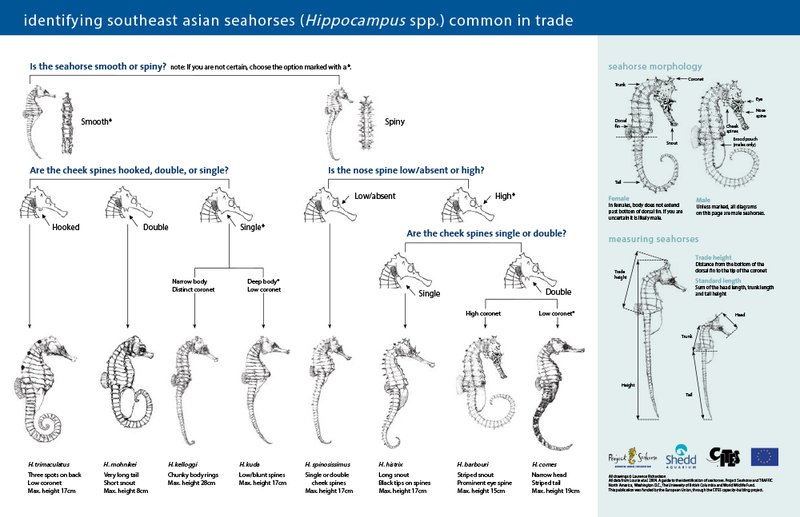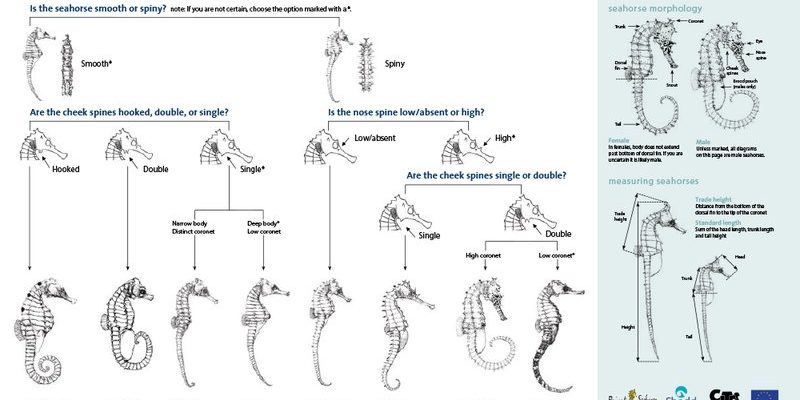
Seahorses are part of the Syngnathidae family, which also includes pipefish and seadragons. They’ve been around for millions of years, evolving through various challenges and changes in their aquatic environment. But what makes their story truly captivating is how unique their reproductive system is, with males carrying and nurturing the young. It’s a world where traditional roles are flipped, showcasing the diversity and adaptability of life.
The Fascinating World of Seahorses
Seahorses flourish in shallow waters, often found around coral reefs, mangroves, and seagrass beds. Their habitats are rich in biodiversity, providing them with food and protection. They feed primarily on small crustaceans and plankton, using their long snouts to suck in prey. It’s a bit like using a straw at a café, but underwater!
They have a unique defense mechanism that’s essential for their survival. Seahorses can change color to blend in with their surroundings. This camouflage helps them avoid becoming snacks for larger fish. Imagine being able to change your outfit to match your environment instantly. That’s how these little guys manage to dodge danger in the expansive ocean.
The Evolutionary Adaptations of Seahorses
Seahorses evolved some unique features that help them thrive in their environments. One remarkable trait is their prehensile tails. Unlike most fish that have fins for swimming, seahorses use their tails to grasp onto seagrass or corals. This feature allows them to stay anchored in strong currents, similar to how you might hold onto a railing during a windy day.
Another fascinating aspect is their bony armor. Instead of scales, seahorses have bony plates that protect them. Think of it as wearing a suit of armor—great for protection but not the best for mobility. As a result, they aren’t strong swimmers and prefer to float along in the currents rather than swim against them.
Unique Reproductive Behavior
Seahorse reproduction is one of the most extraordinary tales in the animal kingdom. Here’s the thing: instead of the females carrying the eggs, it’s the males who take on this role. The female deposits her eggs into the male’s brood pouch, where he fertilizes them and carries them until they hatch. This is like giving your partner a surprise package to carry around for a while.
The male seahorse can give birth to dozens, sometimes even hundreds, of tiny seahorses at once. You might be wondering how they manage this—well, the brood pouch provides a safe environment where the babies can develop without predators around. It’s a fascinating twist on traditional parenting roles, showing just how diverse life can be.
The Threats Facing Seahorses
Despite their quirky charm, seahorses face numerous threats in the wild. Habitat destruction, pollution, and climate change are just a few challenges impacting their populations. Coastal development often destroys the seagrass beds they rely on for shelter and food. It’s like bulldozing a neighborhood and leaving the residents without homes.
Additionally, seahorses are heavily targeted in the traditional medicine market, especially in some Asian cultures. They’re often dried and sold for supposed health benefits. This overharvesting has led to significant population declines, putting certain species at risk of extinction. Conservation efforts are crucial to help protect these enchanting creatures and their habitats.
Conservation Efforts and Their Importance
Over the past few decades, there have been numerous conservation efforts aimed at protecting seahorses and their habitats. Organizations around the world are working to raise awareness and promote sustainable fishing practices. Education is key here; the more people know about the plight of seahorses, the better chance they have for survival.
A notable initiative is the establishment of marine protected areas (MPAs). These are regions where human activity is restricted to preserve the natural environment. Think of it as creating a safe zone where seahorses can thrive without interference. Support for these initiatives can come from simple actions like reducing plastic use and advocating for responsible fishing.
Why Understanding Seahorses Matters
Understanding the evolutionary journey of seahorses provides insight into broader ecological concepts. They serve as excellent indicators of marine health; if seahorses are thriving, it often means their environment is too. Plus, studying their evolution helps scientists learn about adaptability and resilience in the face of environmental changes.
Their unique reproductive system and adaptations offer lessons in biodiversity. Efforts to protect them can lead to healthier oceans overall. As we learn more about these delicate creatures, we gain a better understanding of the intricate relationships within marine ecosystems.
The Future of Seahorses
Looking ahead, the future of seahorses isn’t set in stone. Ongoing research and conservation efforts are crucial. By fostering awareness and encouraging sustainable practices, we can improve their chances for survival. Each action we take, from reducing waste to supporting conservation groups, can have a positive impact.
The story of the seahorse is a reminder that even the most whimsical creatures play essential roles in our ecosystems. As we continue to explore the ocean’s wonders, let’s not forget to advocate for those who have captivated our hearts—like the enchanting seahorse.
In conclusion, the evolutionary journey of the seahorse is not only a tale of survival but also one of adaptation and resilience. As they navigate the ever-changing ocean landscapes, their story teaches us about the importance of protecting our natural world. With continued awareness and action, we can help ensure that seahorses will grace our oceans for generations to come.

